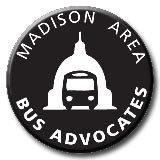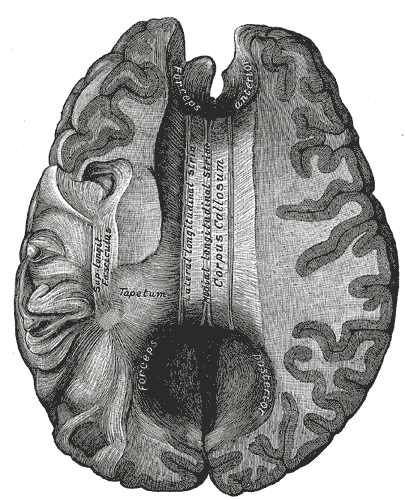|

Unless there is no option other than driving, anyone who drives a car considers the ease and cost of parking when deciding how to travel. Why else do so many visitors to Chicago take the bus rather than drive? Why else do so many UW-Madison and UW Health students, faculty, and staff walk, bike, or bus into campus rather than drive all the way? So it is only natural for transportation planning to take parking into account, right? Wrong. At least in the city of Madison. Madison has two separately managed and separately budgeted utilities, a Parking Utility and a Transit Utility, overseen by one commission called the Transit and Parking Commission. Instead of being coordinated, transit plans are made without considering the implication of those plans for parking, and parking plans are made without considering the implication of those plans for streets, traffic congestion, or transit. Madison’s Metro Transit even has parking lots designed to serve transit patrons (e.g. Dutch Mill) that do not charge for parking and that may not really be used (American Center), while venues such as the Overture Center do not administer their own parking lots. Nor does Madison’s Parking Utility oversee non-metered parking (the Traffic Engineering department does), while parking fines get paid into a general account rather than back to the parking utility.
By overseeing such uncoordinated and confusing activity, the Commission conjures up the image of the anatomical “split brain”syndrome in which the connection between the two hemispheres of the brain (via the corpus callosum) becomes severed. In fact, instead of working together toward the common goal of facilitating efficient and cost-effective travel for the people of Madison and its environs, the separate transit and parking utilities can end up at cross purposes. For example, some people suggest that the City should charge higher parking fees downtown as a way to discourage driving and encourage transit use. They do not seem to realize that the state, the county, and the UW-Madison all have parking facilities downtown, and that those entities need to work together to be effective. They do not seem to realize that the city-owned parking structures and lots downtown already have an occupancy rate of only about 60 percent, or that simply raising their rates in a haphazard way risks reducing occupancy even further without substantially impacting transit use. Parking facilities should ideally have at least an 80 percent occupancy rate to be cost effective. For its part, despite that low occupancy rate, the Parking Utility helped design plans to replace the old Government East parking structure with underground parking at a new Judge Doyle Square, plans that would increase the amount of Parking Utility-administered parking. (Those plans furthermore acknowledge pedestrian, bicycle, and inter-city rail travel but fail to make any accommodation for local or inter-city bus travel.) So much for coordinating transit and parking. A lack of coordination between transit and parking interests was not the original reason for having separate utilities, just as a lack of potential coordination between the two brain hemispheres was not the reason we have two hemispheres. Historically, Madison had a Parking Utility long before the private bus company was acquired by the City. It had to have bonding authority to borrow funds for parking structures that might last 50 or more years. And to minimize the interest rate on that borrowing, it had to ensure that the borrowed money would only be used for parking. When the transit agency came along, it too was given bonding authority, but under a different state statute. So the separate bonding authority is internally logical and precludes raiding by other agencies, but it also makes it that much more difficult to maximize a combination of parking and transit interests into one, combined, transportation scheme. The inevitable result is sub-optimal for taxpayers. The latest illustration of the Parking Utility’s autonomy actually comes from a suggested way to increase funding for the Overture Center rather than in relation to a transit-related issue. Dave Cieslewicz recently opined that we should charge $10 for parking at Overture events as a way to help fund the Overture Center. But parking at the Overture lot is administered by the Parking Utility, not the Overture Center. Why would the Utility give the revenue over to the Overture Center since it needs to use it for parking if it is to borrow money at the best interest rate possible? It is unclear why, given his knowledge of City finances, the former mayor would opine thusly. How to improve on this sub-optimal split-brain situation? Can transit and parking interests be merged even as they stay protected from raiding by other interests? Yes, although doing so will require changes that are bound to be messy, entail using different borrowing methods and will ruffle feathers.
But the city of Madison does not have to look far afield for examples of a more functional situation. Just a mile from the capitol sits the UW-Madison whose Transportation Services manages all modes of transportation in one department, not just in name but in deed. That agency has to oversee 13,000 parking spaces, not 5,000. And it has to pay its own way too. But that is another story.
|

